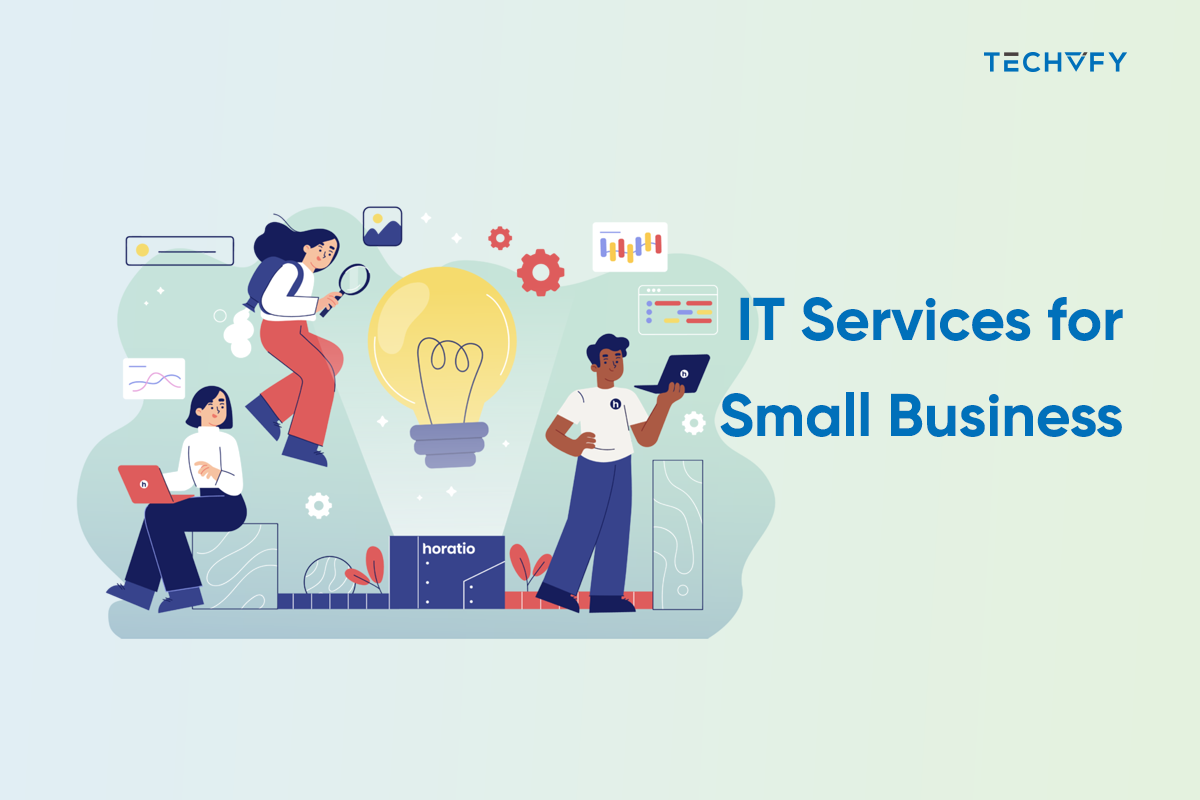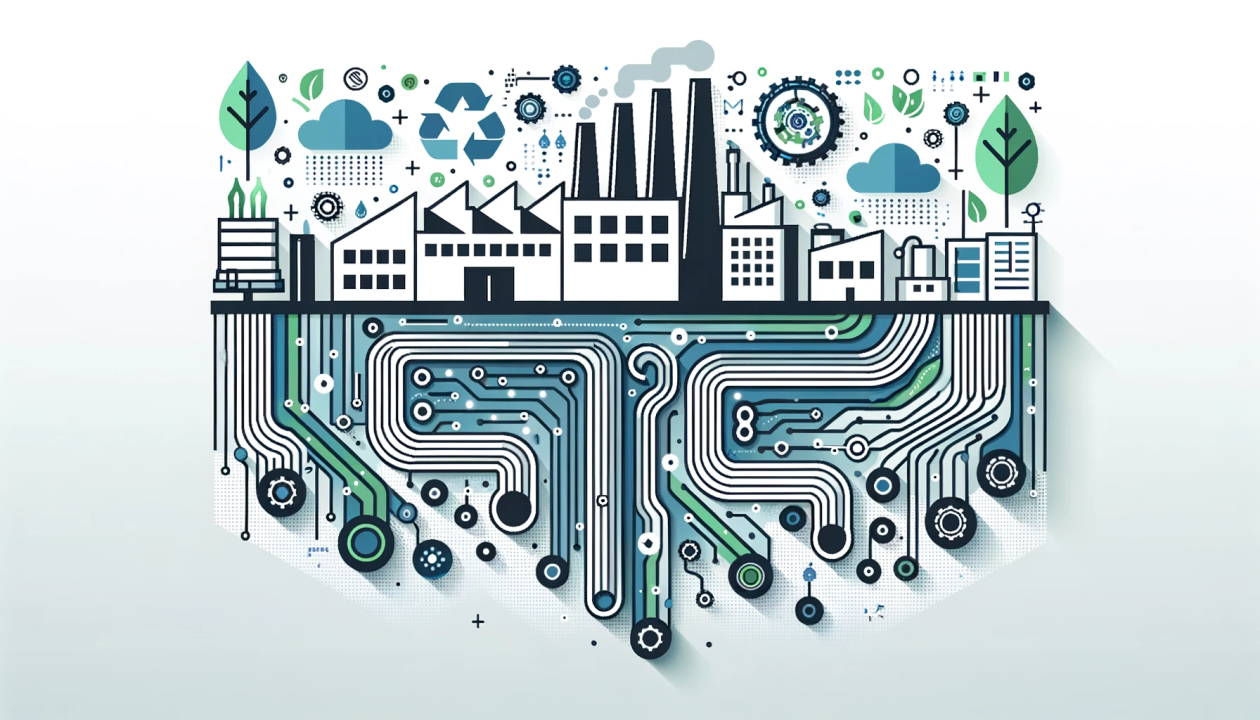Top 5 Mobile App Development Trends of 2021


Mobile apps have rapidly gained popularity in recent years. BuildFire says users spend 88% of their mobile time on apps. This number has proven the important roles of mobile apps in users’ daily time.
Therefore, developing a mobile app for your business is undoubtedly a smart choice to gain user retention and stay in touch with your customers.
Take a look at the top 5 mobile app development trends of 2021 TECHVIFY has gathered to keep up with the app development race. Fully acknowledging and adopting these trends into your app can give it massive advantages compared to your opponents within the industry.
Explore More: Mobile App Development Trends 2024
According to Gartner Company, by the year 2022, 40% of all new app development projects will have co-developers with expertise in Artificial Intelligence. So it is obvious that 2021 is the golden time to adopt Artificial Intelligence (AI) and Machine Learning (ML) into your mobile apps.
Combining AI with ML will be highly useful in developing mobile apps since it can learn the development process from previous data, detect problems, and fix them in real time.
Artificial Intelligence and Machine Learning have already taken place in mobile applications and devices like Voice Search, Face Unlock, Chatbots, or AI-powered photo filtering apps like Face App, Prisma, etc. In 2021, the power of AI & ML will not be just limited to Chatbots and Siri. They are predicted to have a more significant impact on our lives.
According to IDC, more than 75% of workers using ERP solutions will now leverage AI’s capabilities to expand their workplace proficiency. Apart from the existing technology, AI trends like AI-based cameras, voice translations, and user predictions will find a new place in smartphones.

Future trends of AI & ML that you may see:
Learn more:
Types Testing of Mobile Applications and Key Differences from Web Testing
Wearable technology is making huge waves among people all across the world. You can see wearable technology anywhere, from smartwatches to smart jewelry, body sensors, and even smart lenses.
In fact, according to Gartner, wearable devices are expected to reach over $81.5 billion by the end of 2021. These wearables can track and analyze body movements, heartbeats, steps, body temperature, etc.
What’s great about wearables is that you can control and communicate with these devices through your smartphone. And that’s why today, one of the most popular mobile app development trends is creating applications that support wearable technology.
In 2021, we may observe more demand for apps for wearables. Some future trends of Wearable:

For foldable devices, the app needs to meet various requirements, such as being resizable, compatible with various screen ratios on the market, and having multi-screen and multi-resume functionality. The folding display will open a new challenge for mobile application developers.
The e-commerce industry is turning to mobile commerce or M-commerce. After the pandemic, many business owners have realized the potential of a mobile application for business growth in terms of increasing revenue and sales.
Mobile e-commerce applications are more preference in comparison to their website counterparts.

According to recent studies, global m-commerce will generate over €2.8 trillion in revenue in 2021. This trend is predicted to increase constantly in the years to come. One-click ordering, voice shopping, and omnichannel retail are some many features that mobile app developers are integrating into existing E-commerce portals.
Mobile wallets are quickly becoming one of the most commonly used payment methods because of their ease of use. Many mobile apps act as mobile wallets on the market nowadays, including Amazon Pay, Google Pay, PayPal, etc.
The demand for mobile wallets is on the rise. Mobile wallets allow users to do ‘contactless’ transactions, which must have become a habit after the pandemic. Integrating popular payment gateways with mobile wallets has made the payment process much more rapid and smoother. So there’s no doubt that the usage and security of mobile wallets will only increase in the year 2021.

Augmented Reality (AR) and Virtual Reality (VR) have recently conquered the gaming space. But in 2021, their use cases will not be limited to just gaming applications anymore.
Tech giants are already innovating tons of new use cases for both. For instance, Google and Apple are both releasing new AR demos on their latest devices. Apple introduced ARKit — a development platform that can help users accurately analyze a room’s layout, capture volume, and depth, and even recreate an 80’s music video in AR. At the same time, Google’s ARCore gives users a sneak peak into the inevitable mixed reality revolution.

So, in 2021 and beyond, users can expect many AR-based app ideas to turn into fully functional mobile apps across industries like healthcare, retail, tourism, and education.
Some examples of AR & VR trends:
In short, the possibilities of mobile app development are endless thanks to many ground-breaking technological innovations. Businesses should consider taking our top 5 suggestions to keep up with the fast-changing pace of the technology field. For more technological advice, contact us, and TECHVIFY will reach out to you shortly to offer professional consultancy regarding your problems.


Table of Contents#1: Artificial Intelligence and Machine Learning#2: Wearable and Foldable devices#3: M-Commerce#4: Mobile Wallets#5: Augmented Reality and Virtual Reality The technology market and IT consulting services are estimated at $48 billion, about 20% of the global consulting market. Since 2011, this market has grown yearly, with a Compounded Annual Growth Rate (CAGR) of approximately 2.5%. Industry experts expect a big increase in demand for IT consulting services in the future, driven by major technological trends, including digitization, analytics, cloud, robotics, and the Internet of Things (IoT). According to ALM Intelligence, cited by Consultancy.eu in their ‘Market Segments’ section, IT consulting is narrowly…
23 April, 2024

Table of Contents#1: Artificial Intelligence and Machine Learning#2: Wearable and Foldable devices#3: M-Commerce#4: Mobile Wallets#5: Augmented Reality and Virtual Reality As IT plays a crucial role in our lives, IT outsourcing for small businesses and IT services for small business are becoming increasingly common. Managing IT solution for small businesses can be challenging. You could miss significant benefits if you overlook these outsourced IT services and outsource IT for small businesses. It is important to consider how these services can assist small businesses. Outsourced IT Support Statistics 53% of small to medium-sized business (SMB) owners feel they cannot match larger…
22 April, 2024

Table of Contents#1: Artificial Intelligence and Machine Learning#2: Wearable and Foldable devices#3: M-Commerce#4: Mobile Wallets#5: Augmented Reality and Virtual Reality AI is changing the manufacturing sector, with generative AI at the forefront of this transformation. This article explores how generative AI, known for its capability to create new content and solutions, is revolutionizing manufacturing operations. Generative AI leverages vast data streams to enable precise, data-driven decision-making, optimizing everything from production lines to product design. It offers distinct advantages by autonomously generating innovative solutions that enhance efficiency and spur innovation. However, integrating generative AI into traditional manufacturing setups poses challenges, particularly…
19 April, 2024


Thank you for your interest in TECHVIFY Software.
Speed-up your projects with high skilled software engineers and developers.
By clicking the Submit button, I confirm that I have read and agree to our Privacy Policy